The high-speed train Hyperloop One is still just an idea, but it’s much closer to being a reality than most realize.
The much-talked about Hyperloop One train, which could revolutionize public transportation, continues to move toward becoming a reality. Many still believe it’s a pipe dream (ahem), but the people developing Hyperloop One certainly don’t.
It’s not just one of those technologies that could exist at some point in your lifetime, it could be a reality in just a few years. Here’s what you need to know about Hyperloop One.
What is the Hyperloop?
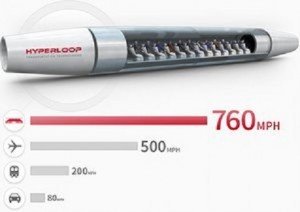
Photo Credit: The Guardian
The Hyperloop is a conceptual train developed by the billionaire and SpaceX founder Elon Musk (who wants to send people to Mars). It was developed in part as a response to the California High-Speed Rail system, that Musk criticized as one of the most expensive and slow-moving in the world.
The Hyperloop One solves the perceived issues with that train by creating a more sustainable and much faster train that consists of two enormous tubes stretching from San Francisco to Los Angeles. At least, that was the first path discussed. It may not be the first path that becomes a reality. Pods inside the tubes would travel at speeds up to 700 mph, creating a high-speed way to get where you’re going without the wait and cost of airplanes. (In its first test it accelerated from 0 to 100 mph in four seconds.)
How does it work?
These pneumatic tubes are a bit like the tubes in futuristic cartoons that carry people from one place to another, only on a massive scale. The tubes contain magnetic accelerators throughout the entire length of the tube, helping to propel the pods between destinations.
The tubes are a low-pressure environment, surrounding the pod with a cushion of air that allows it to move safely at incredible speeds. It’s been compared to the way a puck glides across an air hockey table without touching the table. Additionally, unlike most trains, the propulsion system makes it completely silent, which is both pleasant and helpful as they attempt to convince people to allow the tubes to be built in their backyards, so to speak.
Why is it important?
The company calls Hyperloop One “broadband for transportation.” Their goal is to create an environmentally friendly method of public transportation that can transport people at “airline speeds for the price of a bus ticket” while offering both speed and accessibility with an eye on carbon emissions and climate change. Its successful development would be a win on many fronts.
Is it really possible?
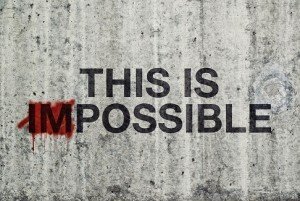 It’s complicated. The team behind Hyperloop One is currently developing plans for five different tracks around the world, according to their website. They tested the motor in May 2016 and plan to conduct the full system test sometime in early 2017.
It’s complicated. The team behind Hyperloop One is currently developing plans for five different tracks around the world, according to their website. They tested the motor in May 2016 and plan to conduct the full system test sometime in early 2017.
Hyperloop One’s goal is to have construction finished and be able to move cargo in 2020 and then be moving people in hyperloop pods by 2021. Discussed lines include the aforementioned San Francisco to Los Angeles tube, one between Sydney and Melbourne in Australia, one between Dubai and Abu Dhabi (a 12-minute trip with Hyperloop), Helsinki and Stockholm (28 minutes), and other paths.
Is it possible? Yes. Is it likely? We’ll have to see, but the pieces have been coming together so far and many are excited about how things are proceeding at this point. That doesn’t mean it will happen, but it doesn’t mean it’s not possible. It’s out there and projected speeds and times between destinations are all estimates right now. There are not just the issues of developing the technology, but also issues of getting local and national governments to allow the construction, among so many other obstacles. But it’s possible and it could be incredible if it happens on their timeline. Public transportation by 2021? That’s awfully soon.
Inspired by this and other amazing tech? Check out the status of driverless cars – or maybe a career in technology is right for you!

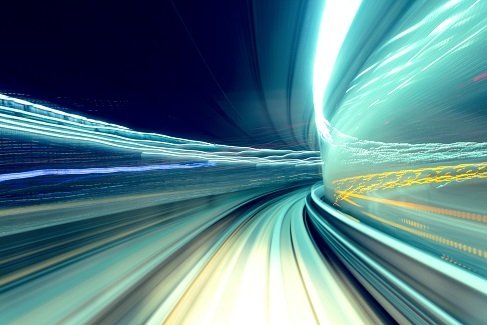


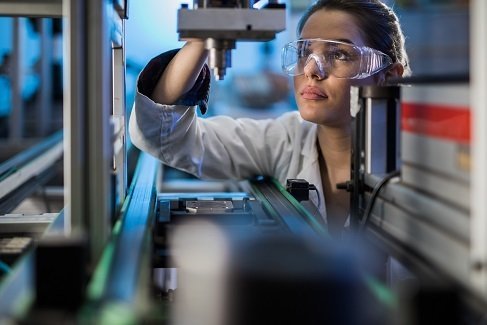
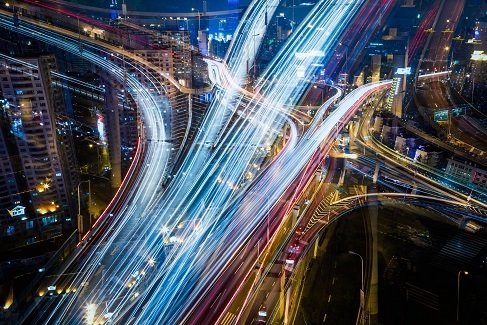
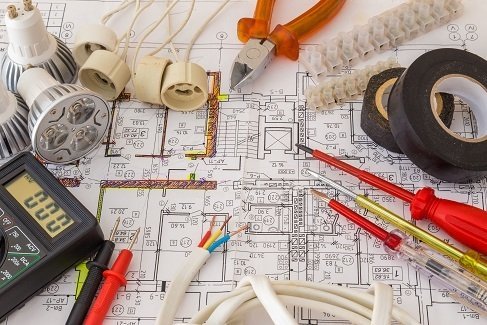
Leave A Comment
You must be logged in to post a comment.